
By Craig Firl
Here's what employers should know to safeguard employees.
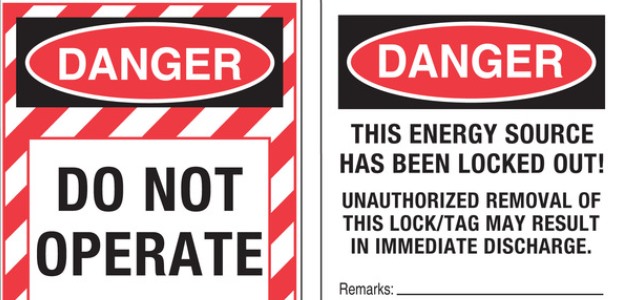
By Brad Montgomery
Procedures, devices, and personnel must be set in place to prevent a serious injury when a worker thinks a machine is safely off.

By Cheri Genereaux
Construction workers are used to contending with elevated risk levels, so they’re more likely to have a skewed perception of that risk.

By Dave Terry
Many less serious incidents, as well as some serious incidents, would have been prevented had a fail-safe braking system been installed.

By Matt Holden
2014 was a year of landmark decisions, calls to action, and unpredictable challenges to overcome. Here are a few of the biggest topics and headlines from the past year.
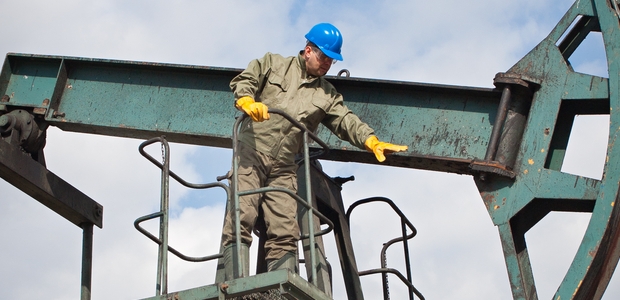
By Mike Woods
A "Voice of the Customer" study reveals insights into the challenges of managing an effective flame-resistant clothing program.
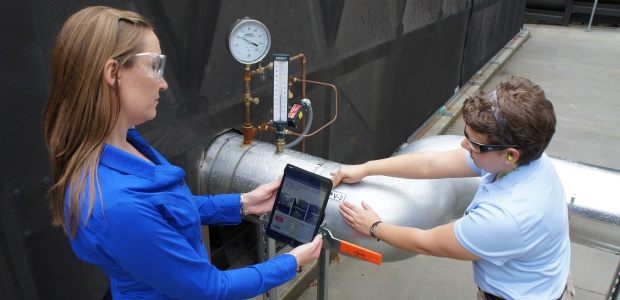
By Jimi Michalscheck
This is the hard part, keeping the requirements in mind while also keeping your production humming along.

By Fred Stawitz
One takeaway: The first step to an effective risk management approach is to divest from the outcome and focus on the execution.
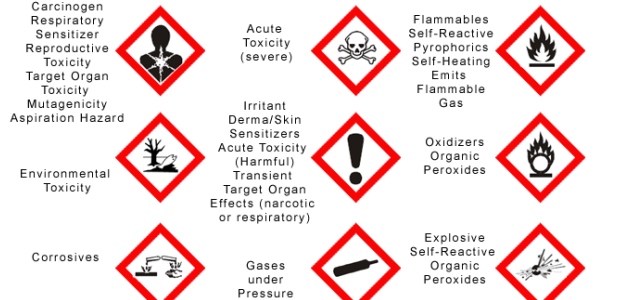
By Kraig Haberer
As you are aware, the deadline to train employees on GHS has passed. However, it is required to train new employees, as well as provide training when a new physical or health hazard is introduced into the workplace.
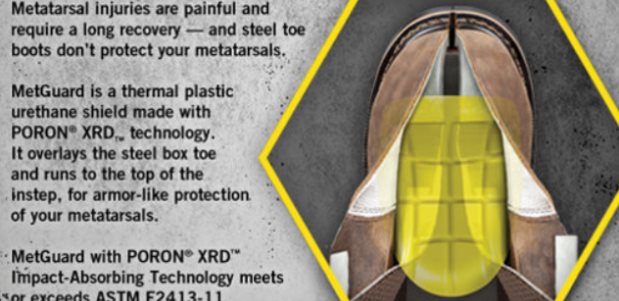
By Alison Nestel-Patt
Advanced foam technology is being used in integrated metatarsal guards that are raising the bar on impact protection.

By Chris Britton
Smartphone technology is making it easier for employees to quickly access disaster plans, with or without a WiFi connection.
By Jerry Laws
"The findings raise the alarm that not only is skin cancer a growing problem in the United States, but the costs for treating it are skyrocketing relative to other cancers," said the lead author of the report, Gery Guy, Ph.D., of CDC's Division of Cancer Prevention and Control.
By Robert Pater
Where are nagging sore spots or ongoing areas of dissatisfaction? Wounds that just don’t seem to heal?
By Shawn M. Galloway
Sometimes to make progress, the right question isn't "What do we need to do?" The question is often "What do we need to stop doing?" or "What are we doing that is sending the wrong message?"